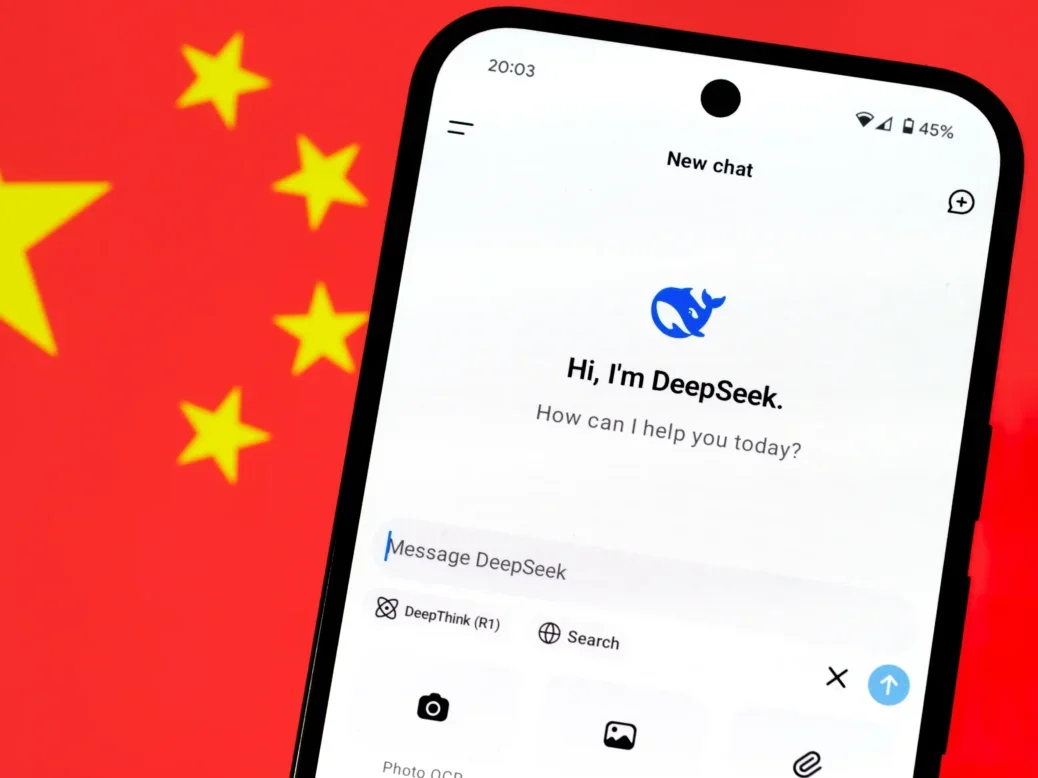
The release of the new R1 model by China-based AI start-up DeepSeek has a number of important implications for news publishers, cutting across the future economics of AI, the ability of IP holders to protect their rights and the risks that these technologies pose to the broader information ecosystem.
Firstly, on the IP questions. DeepSeek’s training data was obtained without authorisation or even transparency; the crawlers it is using are undeclared, third-party or hidden. It is safe to assume that it will not be facing legal action in China for breach of copyright.
This makes it harder for the West – and the US in particular – to take a strong line on copyright when it comes to model training. The importance of retaining AI supremacy is universally understood and acknowledged in Washington across both sides of the political divide.
Whilst not directly shaping the outcome of the ongoing legal cases, the mood music on Capitol Hill will surely influence interpretation of the law. Particularly when any judicial decisions will be backstopped by a conservative-majority Supreme Court, a third of the members of which were appointed by President Trump, who himself now appears heavily under the influence of Silicon Valley. The legal tests of the fair use doctrine when applied to AI training data were already considered 50-50. This may just tip the balance, despite the summary judgment finding in favour of Thomson Reuters.
US legislators are not going to want to disadvantage native companies by allowing copyright law to hinder innovation when it comes to training data.
Turning now to AI economics. Whether DeepSeek’s large language model (called R1) was actually trained for $6m is unclear. There are obviously incentives within China, particularly at the moment of an incoming and Trump administration threatening a new tariff regime, to demonstrate the potential impact that Chinese actors can have on the US economy.
News AI deals look under-valued post-DeepSeek release
What is clear though is that it was developed for far less than the leading US models and that DeepSeek did not have access to the level of computing used to train the West’s leading models. The full extent of the role of ‘distillation’ from OpenAI – using the ChatGPT API (against its terms of service) to teach R1 – is also unknown. Jokes abound about the irony of OpenAI complaining about copyright violation.
Described in the research paper that accompanied R1’s release were genuine innovations in model training which will influence future AI systems. Chief amongst them is a reinforcement learning process in which the model improves itself by assessing performance against set standards. As these are replicated across the AI industry, the costs of the best models will drop.
This adds further weight to the view – already prevalent given the availability of high-quality open-source models – that the foundational AI technology will become a low-cost commodity. The reduced training and operational costs also suggest that there will be increased competition in both the development of models and the application layer that deploy them in specific contexts. The barriers to entry will be far lower than was thought to be the case just weeks ago. There just do not seem to be substantial moats for those training these models and much less those building applications around them.
This is positive for the relative value of content in an AI system. It means that the materials accessed in real-time by AI applications via retrieval augmented generation (RAG) processes are perhaps the most valuable component of many AI systems operating in an information delivery/retrieval setting.
In the context of the DeepSeek release many of the AI deals struck by media outlets almost certainly under-value their content. Whilst the motivations to get a deal done are completely understandable – and the release of R1 has changed the economics – publishers would do well now to focus on building AI-resilient businesses (the reduced cost vs performance of models is also likely to accelerate the diffusion of AI) and hold their nerve around deals which are not markedly better than those that have gone before. Certainly, the revenue share models on offer from Perplexity and Prorata make even less sense now.
DeepSeek makes legislation even more urgently needed
The final impact worthy of consideration concerns the broader effect on our information ecosystem. DeepSeek’s responses to prompts are both censored and influenced by the Chinese Communist Party’s ideology. The risks this poses to Western society will depend upon the adoption of this model over those developed by Western AI labs. Whilst this is still quite limited in absolute terms, DeepSeek was top of the app download charts on Apple and Google after its launch.
The rapid uptake of an application peddling a Chinese worldview to Western consumers urgently highlights the need for policymakers and regulators to look explicitly at how legislation treats AI outputs. The potential of these systems to disseminate misinformation, disinformation or harmful content currently exists in a regulatory grey area with unanswered questions about how pre-AI laws apply to this new technology.
What is clear though, is that if TikTok faces bans on national security grounds, it is illogical for DeepSeek to operate unchecked.
Email pged@pressgazette.co.uk to point out mistakes, provide story tips or send in a letter for publication on our "Letters Page" blog
